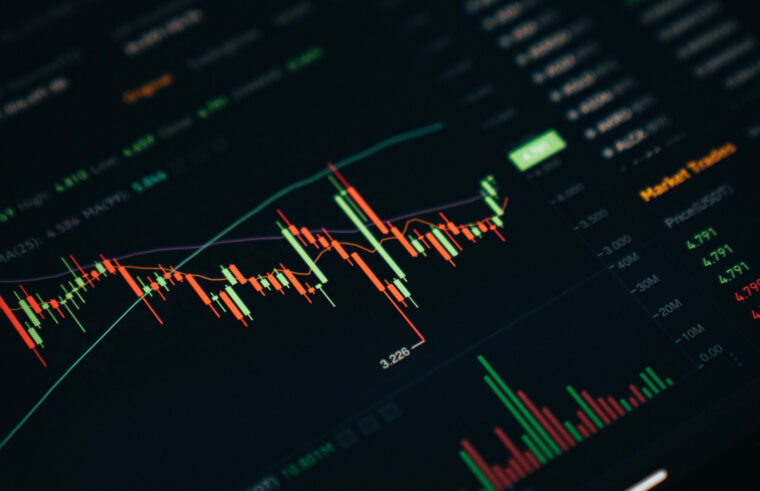Newbies happen to overestimate the safety of trading futures and options because these financial products seem to provide high potential rewards. This can also be the case for call options, so let’s explore these assets’ fundamentals, mechanisms, and profitability.
Defining Call Options

In the broadest sense, derivatives are financial tools that derive value from another asset or security. In this context, we will focus on stock options, where the underpinning asset is a stock. A call option is a type of contract that offers the holder the right, but not the obligation, to buy a specified stock at a pre-set price (referred to as the “strike price”) within a given timeframe (termed “expiration”). To secure this right, the call buyer pays a fee per share, known as the “premium,” to the call seller.
Operational Mechanism

Typically, 100 shares of stock are represented by one call option deal. One can purchase or sell a call option even if they do not own the underlying stock. If you think the stock price will increase, buying a call option might be a better strategy.
You can sell or “write” a call option if you think the stock price will stay about where it is or decline. If the market shifts in the call option’s buyer’s favour, they may execute the call option and purchase the shares at the strike price. In contrast to their European counterparts, American options may be exercised at any moment before their expiry date.
Call Option Example
Let’s say the price of XYZ stock is $100 right now. Within the next ninety days, you anticipate a rise to $110.
In a conventional investment, you would purchase 100 shares of XYZ for $10,000, wait for it to rise to $110, then sell them for $11,000, making a $1,000 profit.
What if, though, the stock declines and closes at $90? In that situation, if you believe the stock will continue to decline, you can elect to sell your 100 shares for $9,000, incurring a $1,000 loss.
With a call option contract, you would acquire the right (but not the responsibility) to buy 100 shares of XYZ at a predetermined strike price—for instance, $100 per share—with an expiry date three months in the future, both of which are determined by the seller/writer of the contract. You could pay a premium of $1 per share for it, which would bring the total cost in this scenario to $100 ($1 x 100 = $100).
Trading Call Options

Optimistic investors, also known as “bulls,” who foresee a company’s future growth may consider purchasing call options. Today, many different platforms support options as an asset class. These options provide a more attractive method for investors to speculate on a company’s potential, leveraging their buying power without buying the stock directly.
-
Selling Process
Sellers, or writers of call options, are obligated to sell the underlying stock at the strike price, leading to a “short call position.” To meet this obligation, the call seller must own the stock, have sufficient funds to buy it, or have enough margin capacity to deliver the stock to the call buyer. Usually, call sellers expect the underlying stock’s price to either remain static or decrease.
If the stock price surpasses the strike price, the option is “in the money” and will be exercised. The call seller is then obliged to deliver the stock at the strike price, receiving cash in return. However, if the stock’s price remains at or falls below the strike price, the call option is typically not exercised, allowing the seller to keep the full premium.
There are exceptions when the buyer may still choose to exercise the option, resulting in the delivery of the stock. Even in such cases, the seller can gain an advantage, acquiring the stock at a cost lower than the strike price.
-
Purchasing Process

For buyers, purchasing call options, also known as having a long call position, is similar to placing a bet. Investors pay an upfront amount for a limited duration, aiming for gains on more shares than they could directly purchase with the same cash amount. If the market price of a stock exceeds the strike price, the option becomes “in the money.” In this case, the buyer can either exercise the option, gaining ownership of the stock, or sell the option before expiration to secure profits.
Final Thoughts
Call options can have a variety of underlying assets, such as stocks, bonds, and commodities, among others. They represent a speculative tool that uses leverage, offering profit opportunities for the buyer if the asset’s value increases. Meanwhile, sellers of call options can generate income from the premiums collected when selling these contracts. However, it’s important to note that tax treatment for call options may vary based on the strategy and type of options resulting in gains.
